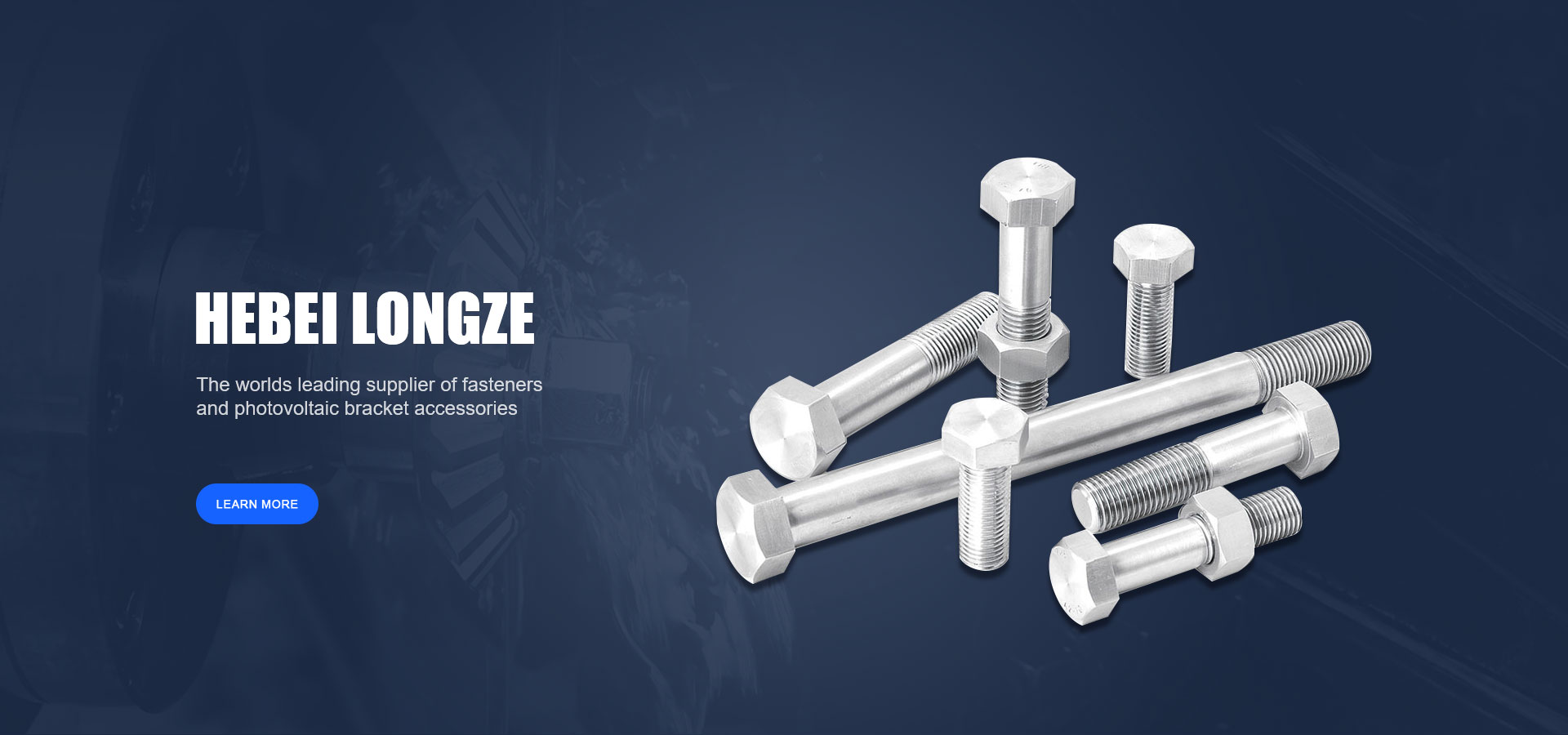

Stud Whole Threaded Solutions | High-Quality Fasteners for Every Application
Sep . 06, 2024 07:05 Back to list
Stud Whole Threaded Solutions | High-Quality Fasteners for Every Application
Understanding Stud Whole Threaded Components Applications and Advantages
Stud whole threaded components play a crucial role in various mechanical and structural applications. These fasteners, characterized by their uniform threads running along their entire length, are designed to efficiently transfer loads and create strong connections between different elements. In this article, we will discuss the features, benefits, and typical applications of stud whole threaded components.
Defining Stud Whole Threaded Components
A stud is a type of fastener or connector that consists of a long rod with external threads on its entire surface. Unlike regular bolts that have a smooth shank, a stud is entirely threaded, providing flexibility in installation and enhancing load distribution. This design allows for various mounting options, as a stud can be embedded in one material while the other side can accommodate a nut or be fastened directly into another element.
Advantages of Stud Whole Threaded Components
One of the primary benefits of stud whole threaded components is their superior strength and load-bearing capacity. The continuous thread design ensures that friction is maximized when coupled with a nut, leading to secure tightening and stability under load. This feature is especially important in high-stress environments, such as construction, automotive, and aerospace industries, where safety and durability are paramount.
stud whole threaded

Moreover, stud threads can be produced in a variety of materials, such as stainless steel, carbon steel, and titanium, providing options for corrosion resistance, weight, and compatibility with different applications. This versatility allows engineers to select the appropriate material based on the specific requirements of their project, including environmental conditions and load expectations.
Another advantage is the ease of installation and maintenance. Studs can be installed into pre-tapped holes, allowing for quick assembly without requiring extensive modifications to the materials they connect. Additionally, their design facilitates easy disassembly for maintenance or replacement, making them an ideal choice for applications that may require frequent adjustments.
Applications of Stud Whole Threaded Components
Stud whole threaded components are widely used across various industries. In the construction sector, they are utilized for connecting structural elements such as beams and columns, ensuring that buildings can withstand significant loads. In automotive applications, they are employed to secure engine components and suspension systems, where high-stress resistance is critical.
Aerospace engineering also benefits from stud whole threaded designs, using them in aircraft assembly to ensure reliable and secure connections. Additionally, industries such as oil and gas, manufacturing, and machinery leverage the advantages of these components for critical equipment and structures.
In conclusion, stud whole threaded components are essential fasteners that offer strength, versatility, and ease of use across a multitude of applications. As industries continue to evolve, the demand for reliable and efficient fastening solutions remains paramount, making the stud a vital component in modern engineering practices.
Latest news
-
High-Strength Hot-Dip Galvanized Bolts-Hebei Longze|Corrosion Resistance&High Strength
NewsJul.30,2025
-
Hot Dip Galvanized Bolts-Hebei Longze|Corrosion Resistance&High Strength
NewsJul.30,2025
-
Hot Dip Galvanized Bolts - Hebei Longze | Corrosion Resistance, High Strength
NewsJul.30,2025
-
High-Strength Hot Dip Galvanized Bolts-Hebei Longze|Corrosion Resistance, Grade 8.8
NewsJul.30,2025
-
Hot Dip Galvanized Bolts-Hebei Longze|Corrosion Resistance,High Strength
NewsJul.29,2025
-
High-Strength Hot Dip Galvanized Bolts - Hebei Longze Metal Products Manufacturing Co., Ltd.|corrosion resistance&high strength
NewsJul.29,2025

